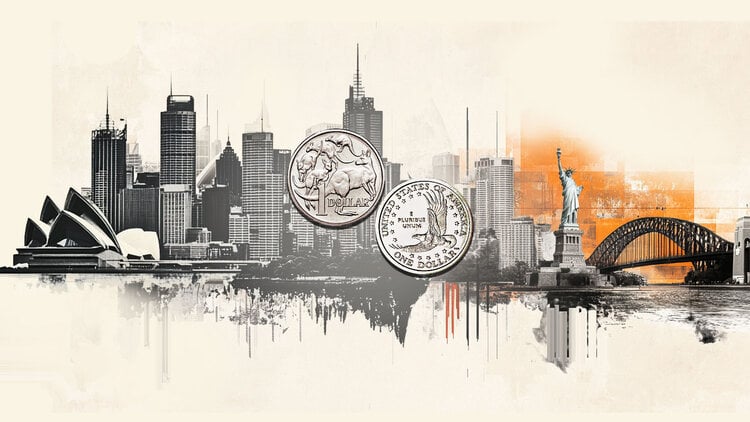- EUR/JPY falls on Friday amid sustained buying interest around the JPY.
- The hawkish BoJ expectations, coupled with a more dovish risk tone, benefit the safe-haven JPY.
- Bets on an ECB rate cut in September weaken the Euro and contribute to the fall.
The EUR/JPY pair is struggling to capitalize on the previous day’s modest bounce from the vicinity of the mid-158.00 or near one-month low and attracts some sellers during Friday’s Asian session. Spot prices are currently trading around the 159.00 mark amid prevailing buying interest surrounding the Japanese Yen (JPY).
Against the backdrop of hawkish expectations from the Bank of Japan (BoJ), a generally weaker tone around the equity market is seen as a key factor supporting the safe-haven JPY. Indeed, markets have been pricing in the possibility of another BoJ rate hike by the end of this year and bets were reaffirmed by data released on Thursday, which showed that real wages in Japan rose for the second consecutive month in July.
Moreover, BoJ Board member Hajime Takata said that we should tighten monetary conditions one step further if we can confirm that companies will continue to increase capital spending, wages and prices. In contrast, the European Central Bank (ECB) is almost certain to cut interest rates again in September in the wake of declining inflation in the Eurozone. This further contributes to the fall of the EUR/JPY pair.
However, the shared currency appears to be finding some support in a modest US Dollar (USD) weakness, driven by bets of a larger interest rate cut by the Federal Reserve (Fed) later this month. This, in turn, could restrain traders from placing aggressive bearish bets around the EUR/JPY cross and help limit deeper losses. Nevertheless, spot prices remain on track to post losses for the third consecutive week.
Bank of Japan FAQs
The Bank of Japan (BoJ) is the Japanese central bank, which sets the country’s monetary policy. Its mandate is to issue banknotes and carry out monetary and foreign exchange control to ensure price stability, which means an inflation target of around 2%.
The Bank of Japan has been pursuing ultra-loose monetary policy since 2013 in order to stimulate the economy and fuel inflation amid a low-inflation environment. The bank’s policy is based on Quantitative and Qualitative Easing (QQE), or printing money to buy assets such as government or corporate bonds to provide liquidity. In 2016, the bank doubled down on its strategy and further relaxed policy by first introducing negative interest rates and then directly controlling the yield on its 10-year government bonds.
The Bank of Japan’s massive stimulus has caused the Yen to depreciate against its major currency peers. This process has been exacerbated more recently by a growing policy divergence between the Bank of Japan and other major central banks, which have opted to sharply raise interest rates to combat decades-high inflation. The Bank of Japan’s policy of keeping rates low has led to a widening spread with other currencies, dragging down the value of the Yen.
The weak yen and the surge in global energy prices have caused Japanese inflation to rise, exceeding the Bank of Japan’s 2% target. However, the Bank of Japan believes that a sustainable and stable achievement of the 2% target is not yet in sight, so a sharp change in current monetary policy seems unlikely.
Source: Fx Street
I am Joshua Winder, a senior-level journalist and editor at World Stock Market. I specialize in covering news related to the stock market and economic trends. With more than 8 years of experience in this field, I have become an expert in financial reporting.







